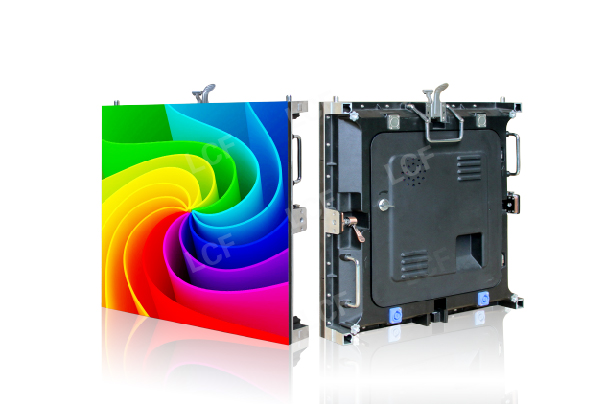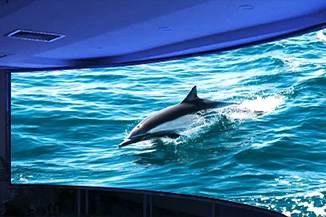Publisher: Supplier of LED Display Time: 2017-09-28 12:46 Views: 4471


There are two ways to control the gray scale of the LED display screen: one is to change the current flowing through, and the other is pulse width modulation. 1. Change the current flowing through the LED. Generally, LED tubes allow a continuous working current of about 20 mA. Except for the saturation of red LEDs, the gray scale of other LEDs is basically proportional to the current flowing; another method is to use the visual inertia of the human eye and use pulse width. The modulation method is used to achieve gray-scale control, that is, the light pulse width is periodically changed. As long as the period of repeated lighting is short enough, the human eye will not feel the luminous pixels jittering.
Because pulse width modulation is more suitable for digital control, today when microcomputers are commonly used to provide LED display content, almost all LED displays use pulse width modulation to control gray levels.
The LED control system usually consists of three parts: the main control box, the scanning board and the display and control device. The main control box obtains the brightness data of each screen pixel from the computer's display card, and then redistributes it to several scanning boards. Each scanning board is responsible for controlling several rows (columns) on the LED display screen, and each row (column) ) The display and control signal of the upper LED is transmitted in a serial manner. There are currently two ways to serially transmit display control signals as follows.
1. One is to centrally control the gray scale of each pixel on the scanning board. The scanning board decomposes the gray value of each row of pixels from the control box, and then the turn-on signal of each row of LEDs is pulsed in a serial manner according to the row. It is transmitted to the corresponding LED to control whether it is lit. This method uses fewer devices, but the amount of serially transmitted data is larger, because in a repeated lighting cycle, each pixel needs 16 pulses in 16-level grayscale, and requires 256-level grayscale. 256 pulses, due to the limitation of the device's operating frequency, generally the LED display can only achieve 16 levels of gray.
Two, one is pulse width modulation. The content of the serial transmission of the scanning board is not the switch signal of each LED but an 8-bit binary gray value. Each LED has its own pulse width modulator to control the lighting time. In this way, in a period of repeated lighting, each pixel needs only 4 pulses in 16-level grayscale and only 8 pulses in 256-level grayscale, which greatly reduces the serial transmission frequency. With this method of dispersed control of LED gray scale, 256-level gray scale control can be easily realized.
The grayscale and brightness of the LED display are one of the important parameters of the product. In order to better use the LED display, we need to understand the relationship between the grayscale and the brightness of the LED display.








